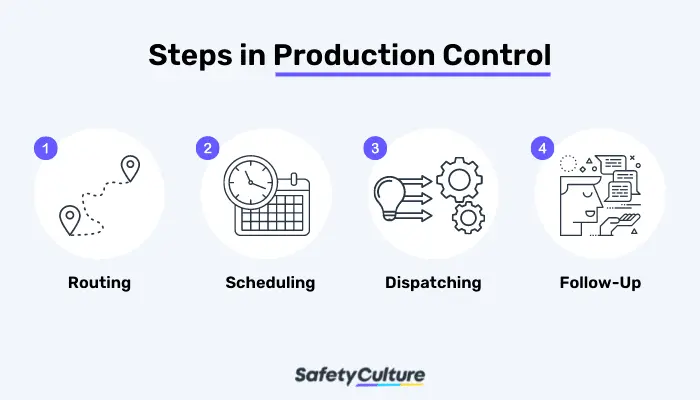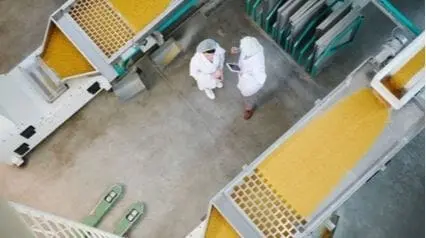What is Production Control?
Production control is the process of overseeing, managing, and controlling the tasks involved in producing goods or services. It uses different control techniques with the aim to meet production targets on schedule and according to the set quality. The main goal of production control is to ensure that all resources and manpower available are utilized in the best way possible to achieve optimum performance in the production system.
Importance
The success of business operations heavily depend on the practices and standards being followed. A best practice for quality control and quality assurance, integrating production control into the businesses strategy can help increase production efficiency. Additionally, below are a few other reasons why you should implement production control as a business process:
- Ensure equipment and product quality – Optimizing production processes helps proactively identify bottlenecks in the procedure including equipment that prevents businesses from operating normally. A good production control technique ensures that targeted outputs are met, right on schedule, and according to standards.
- Regulate inventory control – An efficient production control system helps businesses manage inventory better. This enables inventory managers to purchase materials accurately and avoid discrepancy in the number of stocks.
- Increase productivity – Utilizing production control techniques lessens unproductive time spent by employees. When equipment is in a good condition and production schedules are right on track, manufacturing targets are fulfilled efficiently.
- Lower production costs – Appropriately-designed production controls and techniques, along with the assurance of efficient equipment, ability to effectively manage inventory, and increased employee productivity—all these can lead to major cost savings for businesses.
- Improve customer experience – All the above-mentioned importance and benefits not only help businesses internally, they also translate to an enhanced customer experience. An organization’s reputation strengthens when final products consistently meet customer expectations.
4 Steps in Production Control
The steps considered in the production control system can vary per specific industry or business. However, it should involve the following major stages that also relates to the whole process of production planning and control:

1. Routing
Routing is the first step of production planning and control. This part of the process involves defining the path of the operation from start to end. It should specify all the raw materials needed, resources such as labor and machine, the targeted quantity, and the place of the production.
The main goal of routing is to identify the most efficient and cost-effective sequence in the process of manufacturing the goods.
2. Scheduling
As the name suggests, the scheduling step is the production part where all the time-related conditions are stated. It should arrange the manufacturing schedule in order of priority, and include the start and end date of each task involved in the operations.
Scheduling is considered as the time-table of the production process.
3. Dispatching
The third step, dispatching—is the stage where actual production is started; it implements the activities indicated in the routing and scheduling stages.
Dispatching can be classified as either centralized—where orders are provided by a specific authority; or decentralized—where instructions are issued by all involved business units.
4. Follow-Up
Follow-up evaluates the effectiveness of the whole production control system. In this step, bottlenecks, delays, and inefficiencies are identified and addressed. Follow-up is also the part where production managers compare the final production result against the predicted schedule and product quantity.
Follow-up allows businesses to determine whether the process can still be improved with the goal of achieving greater manufacturing output in the production.
5. Inspection
Inspection is not an official step of the production control process but performing regular or random audits is sometimes necessary to ensure that internal best practices and industry standards are consistently complied with.
Create Your Own Production Control Inspection Checklist
Eliminate manual tasks and streamline your operations.
Get started for FREEProduction Control Example
Company ABC, a major electronic gadget producer based in San Francisco, has recently seen an influx of consumer demand for their flagship mobile product. According to the inventory records, the demand for the product, paired with international supply chain disruptions, forecasts product supply shortage by the end of the year if the issue is not properly addressed.
Because of this, product managers and manufacturing managers of Company ABC quickly optimized their production control techniques. Aside from immediately consulting their backup plans for secondary and tertiary material suppliers, they also recognized the need to hire additional people to avoid manpower shortages from further affecting their manufacturing schedule.
Random inspections are also conducted throughout the succeeding months to ensure an accurate product quality and product quantity.




